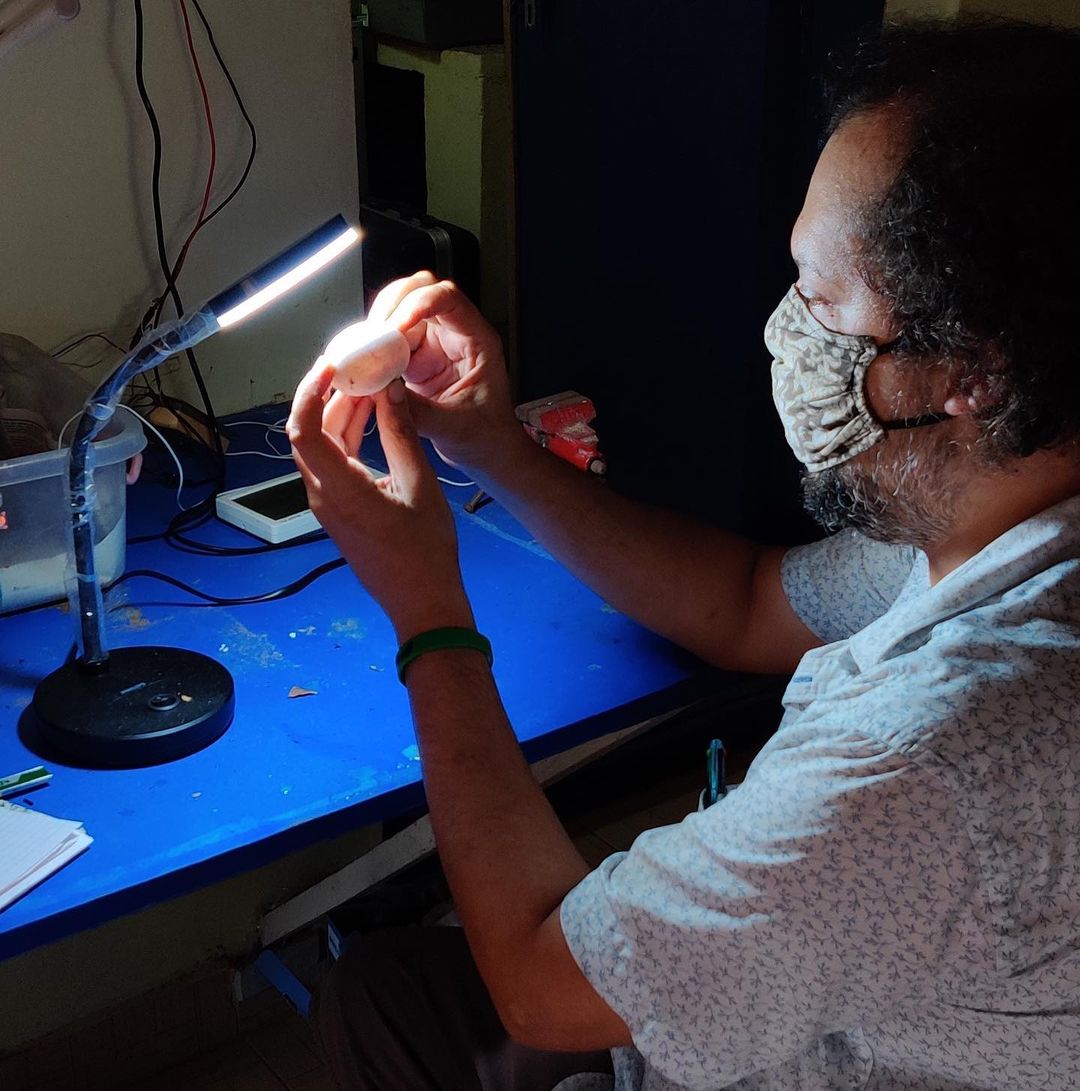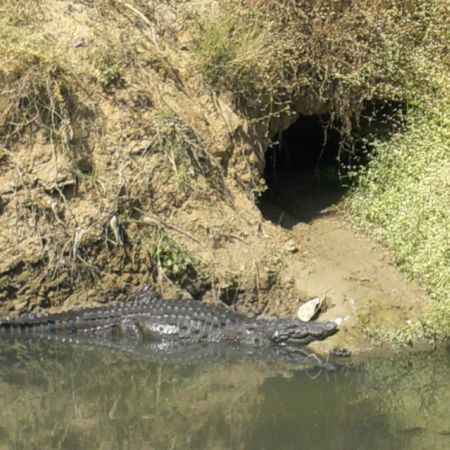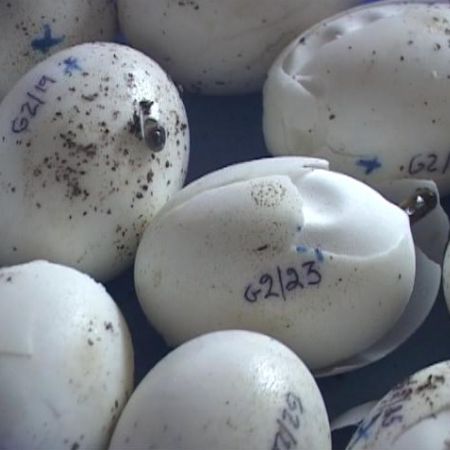THE CROC BANK - CENTRE FOR HERPETOLOGY, CHENNAI
CONSERVATION AT THE CROC BANK
The Croc Bank has been breeding the gharial since 1989. Other important successes include Batagur kachuga, the Indian painted roof turtle, which was bred for the first time ever in captivity in 2004. This rare and beautiful animal is protected under Schedule 1 of the Indian Wildlife Protection Act of 1972 and is also listed under the Action Plan Rating I of the IUCN/SSC Tortoise and Freshwater Turtle Specialist Group. Its distribution in India is limited to Uttar Pradesh, Madhya Pradesh, Bihar and Assam and habitat destruction, poaching and net-drowning has seriously decimated their populations. Another Batagur turtle, Batagur baska from West Bengal. has fared even worse and seems to be almost extinct in the wild. A few individuals remain in captivity and two of these, both females, are at the Croc Bank and a male was acquired from Zoo Vienna in 2014. He has been introduced to the females and after a 2 year wait, we successfully bred them 2016. We continue to breed them every year since then.





